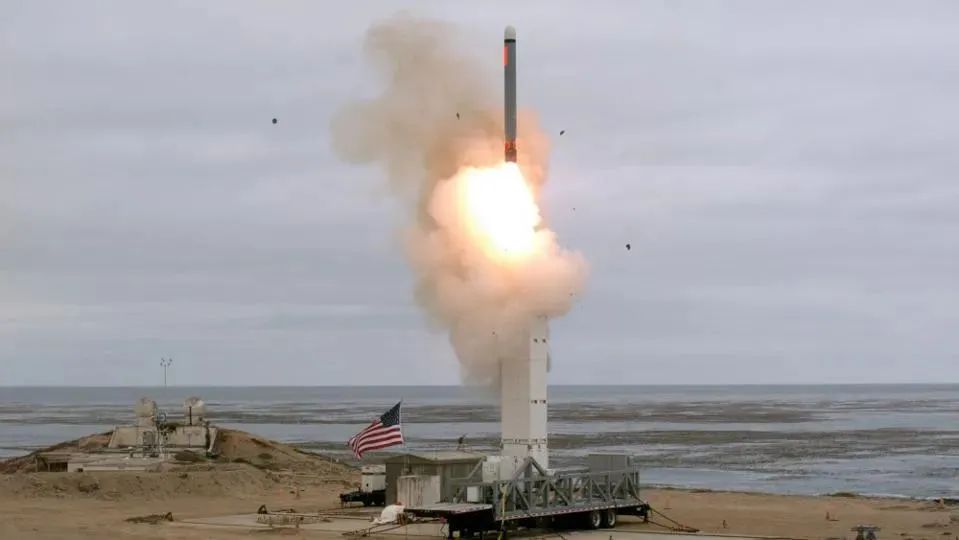
US troops test-fire land-based Tomahawk cruise missile. (File photo)
By Song Bo
The US Marine Corps recently announced that the first unit equipped with the Remotely Operated Ground Unit for Expeditionary (ROGUE) Fires was officially established. Foreign media reports say this rapidly deployable maritime guerrilla warfare weapon is a component of the US missile wall containment strategy against adversaries.
According to military observer Shao Yongling, the ROGUE Fires is a land-based cruise missile launch system built on a 4x4 unmanned platform, which features compact size and maneuverability and is suitable for deployment on islands.
Shao pointed out that this system has been redesigned based on a joint lightweight tactical vehicle (JLTV) chassis and modified into an unmanned system. It can carry a single Tomahawk missile or two conventional strike missiles. This system can be rapidly delivered to Pacific islands via transport aircraft or landing craft for flexible deployment and quick withdrawal. Therefore, the US military believes this platform can perform maritime guerrilla warfare missions.
Shao analyzed that the concept of the missile wall originates from the US strategy of major power competition. The US Navy's missile launch platforms have mainly been concentrated on naval vessels, which are large in size and high in cost. As the adversary's maritime strike capabilities continue to improve, the US military urgently needs a mobile and cost-effective way to counteract. Additionally, the US military's long-range strike capability has been monopolized by the navy and air force. Thus, the US Army and Marine Corps are seeking to establish a presence in the development of maritime remote strike capabilities by developing the mobile deployment capability of missiles. Hence, the concept of the missile wall emerged.
The missile wall concept shows that while the US has previously emphasized its opponents' development of Anti-Access/Area Denial (or A2/AD) capabilities, it is now developing its own A2/AD capabilities through the missile wall. Therefore, to some extent, the construction of the missile wall represents a reversal of offensive and defensive postures.
Shao pointed out that although the so-called missile wall containment strategy should be viewed with greater caution, whether or not the US military can secure the ideal deployment locations is undoubtedly a challenge. "Who would allow the deployment of the US missile wall on their islands? The only possible option is Japan. However, the first island chain is also within the range of its adversary's missile strike capabilities. Politically, it is difficult for the US to find a suitable location," said Shao.
At the same time, as a land-based missile launch system, deploying the missile wall on islands makes it relatively easy for adversaries to lock, which undoubtedly adds significant pressure to its deployment. If the system cannot achieve swift deployment and withdrawal, it may still be covered by adversary firepower. In that case, the ultimate result may not be the same as the US military wishes.
Editor's note: Originally published on military.cnr.cn, this article is translated from Chinese into English and edited by the China Military Online. The information and opinions in this article do not necessarily reflect the views of eng.chinamil.com.cn.













